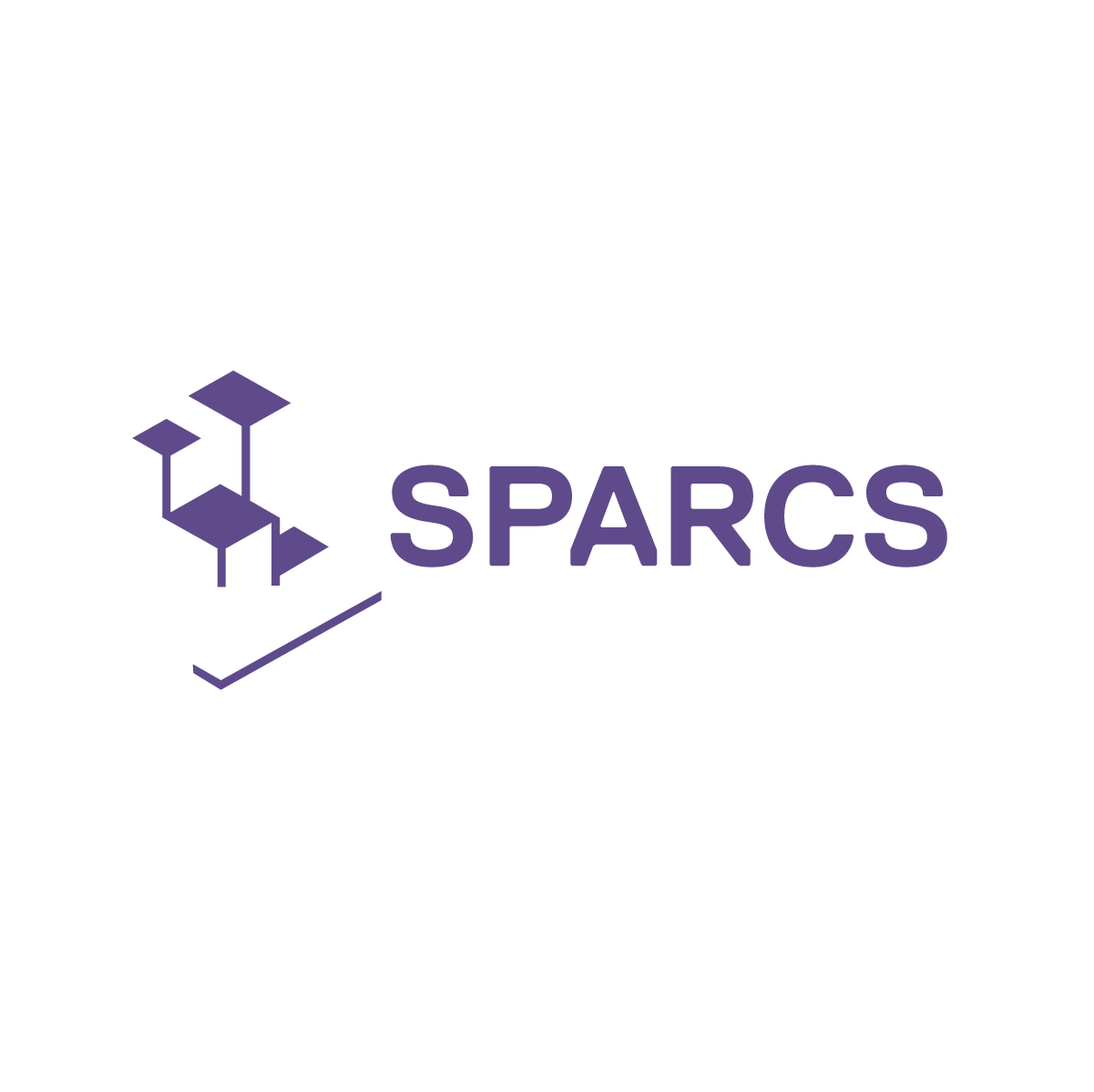SPARCS PUBLICATION: Positioning Positive Energy Districts in European Cities
There are many concepts for buildings with integrated renewable energy systems that have received increased attention during the last few years. However, these concepts only strive to streamline building-level renewable energy solutions. In order to improve the flexibility of decentralized energy generation, individual buildings and energy systems should be able to interact with each other. The positive energy district (PED) concept highlights the importance of active interaction between energy generation systems, energy consumers and energy storage within a district. This paper strives to inform the public, decision makers and fellow researchers about the aspects that should be accounted for when planning and implementing different types of PEDs in different regions throughout the European Union. The renewable energy environment varies between different EU regions, in terms of the available renewable energy sources, energy storage potential, population, energy consumption behaviour, costs and regulations, which affect the design and operation of PEDs, and hence, no PED is like the other. This paper provides clear definitions for different types of PEDs, a survey of the renewable energy market circumstances in the EU and a detailed analysis of factors that play an essential role in the PED planning process.
Authored by Oscar Lindholm, Hassam ur Rehman, and Francesco Reda
VTT Technical Research Centre of Finland, P.O. Box 1000, FI-02044 Espoo, Finland

